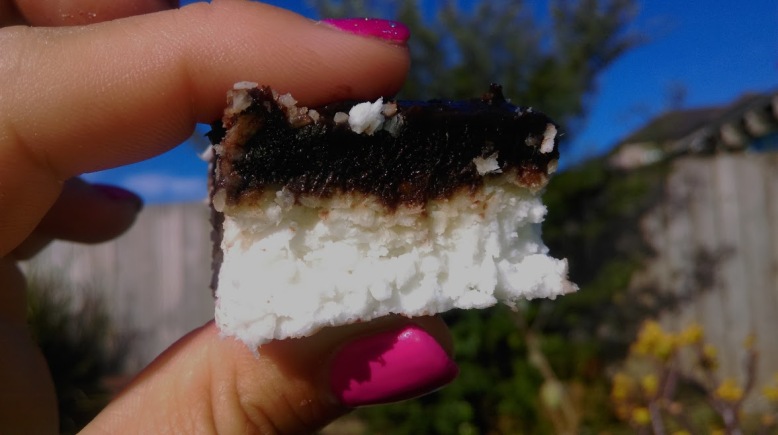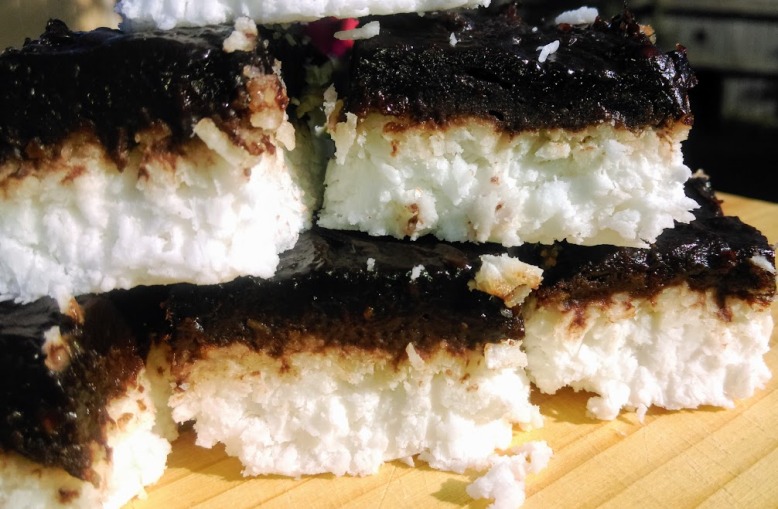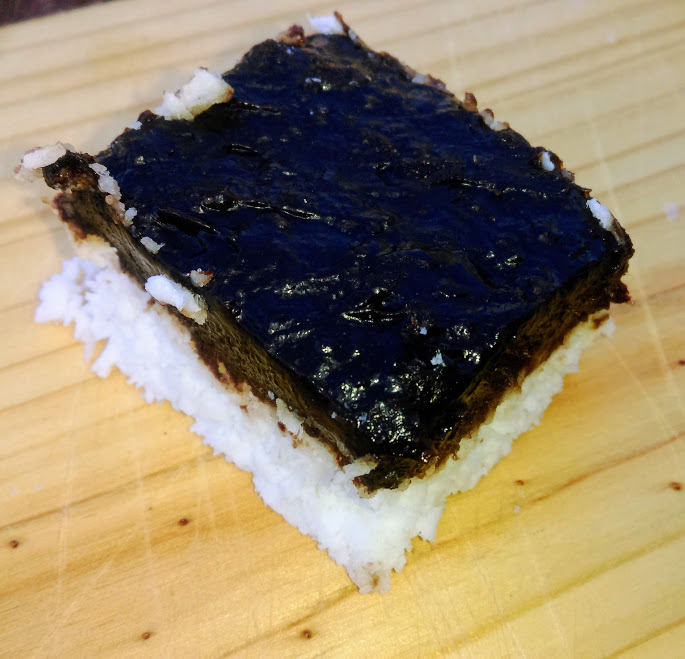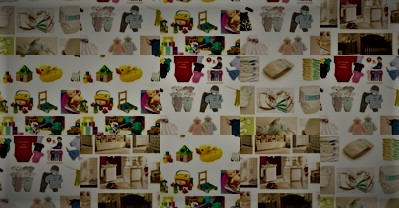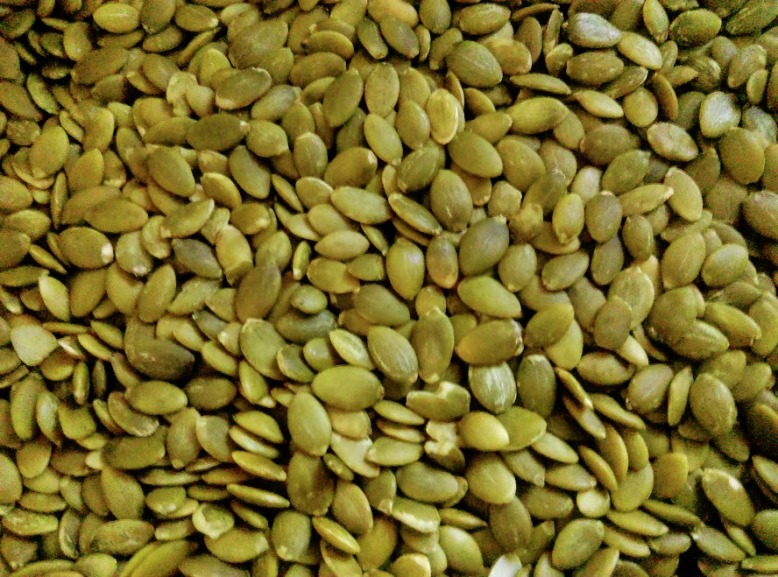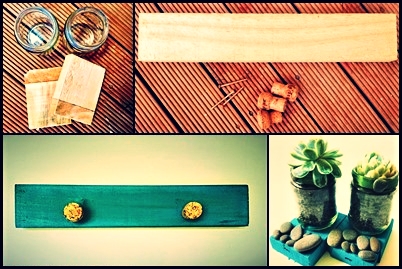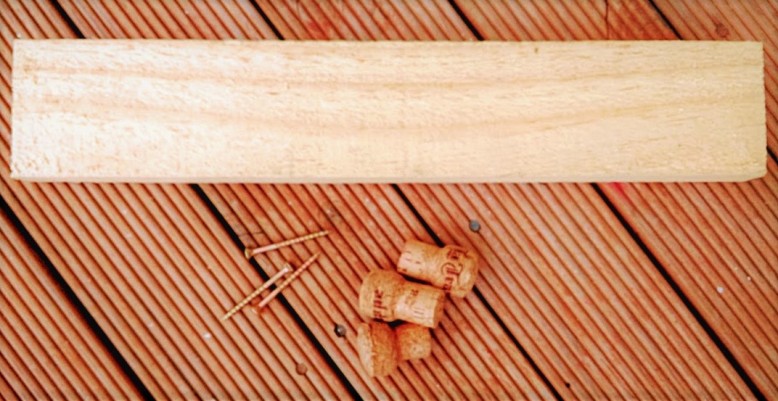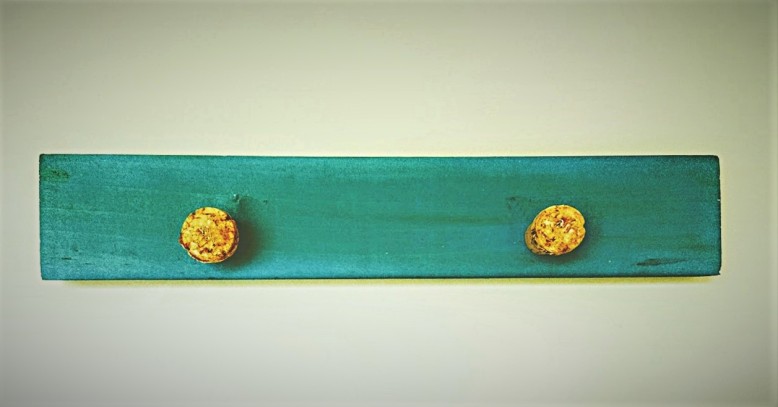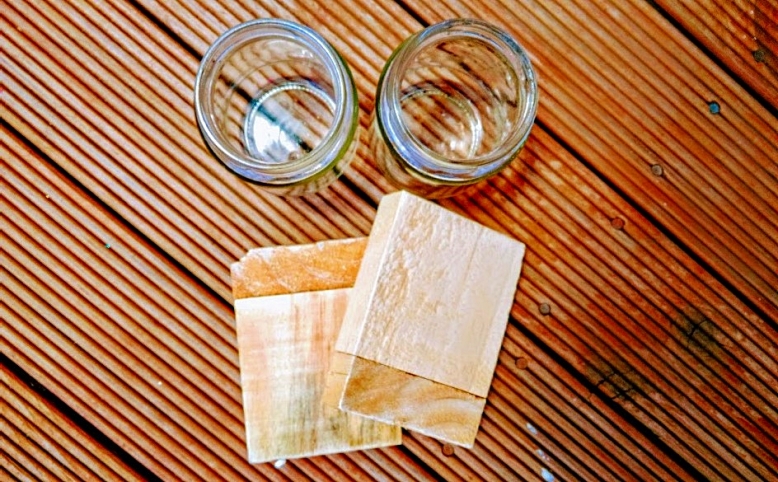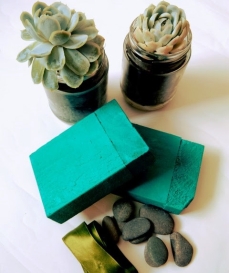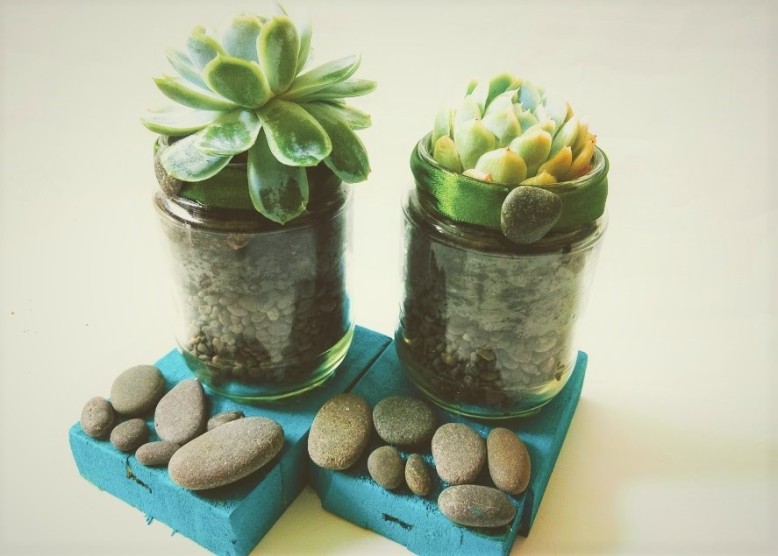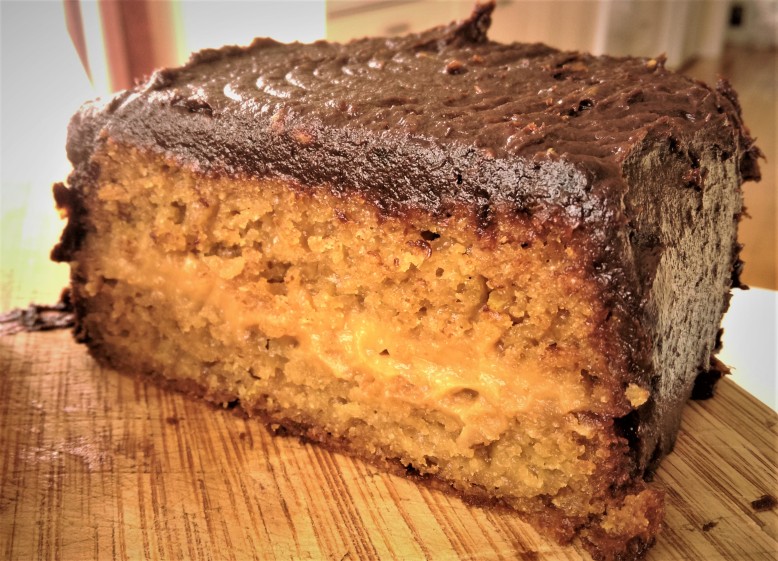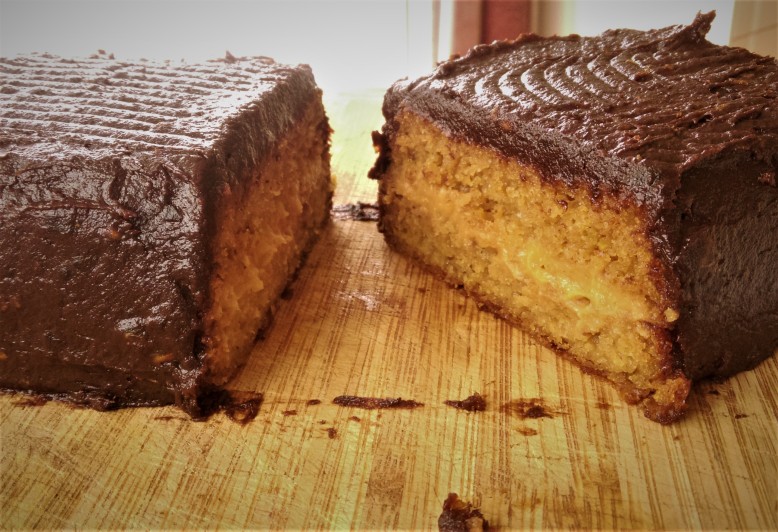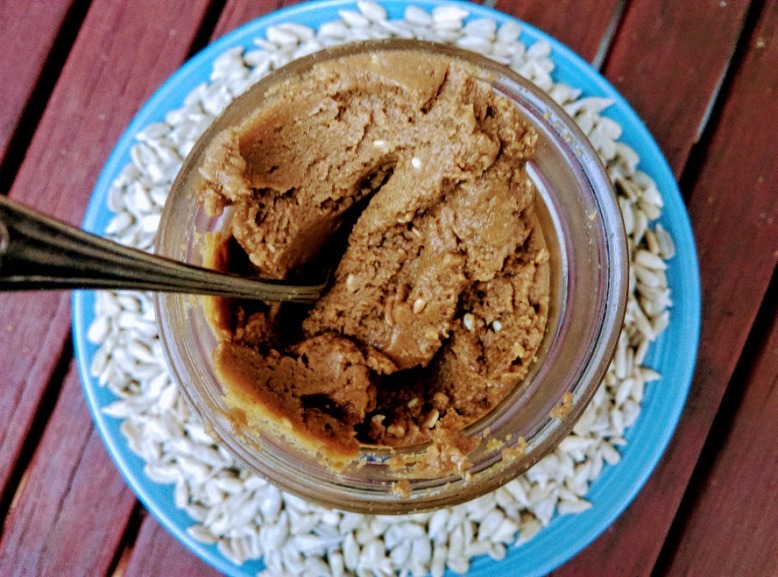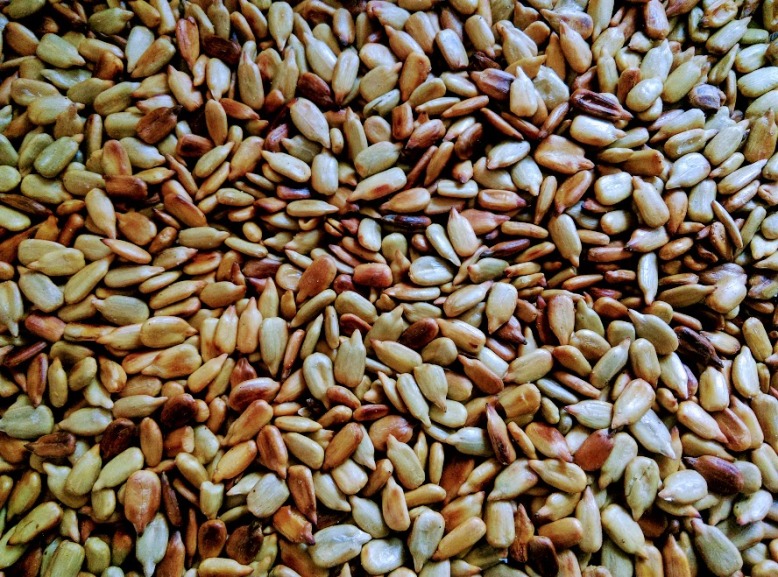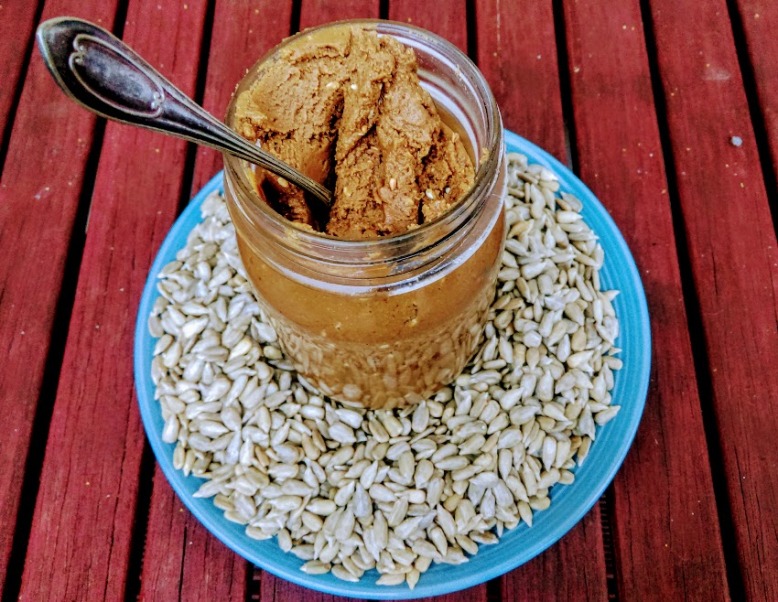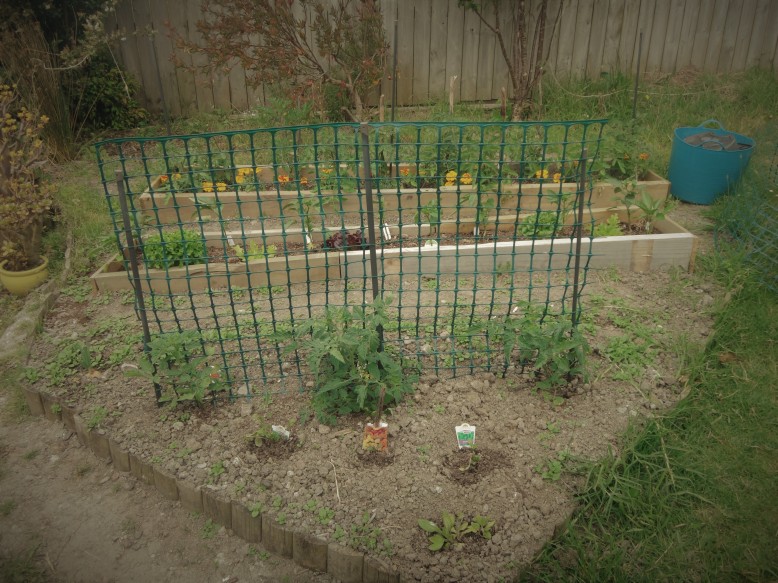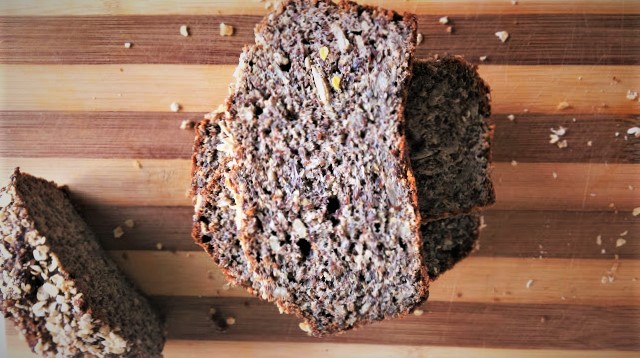
Again, a super fast and simple recipe for a healthy bread!
I am really starting to love my recently discovered bread making recipes 🙂 No need for a bread making machine; no need for a kitchen robot; no need to knead for hours; no need to wait…
You really don’t have to be a baking master to make any of these…:)
This one is also a great recipe for those trying to cut down on wheat consumption, without having to spend a fortune on expensive supermarket alternatives. All you have to do to make this bread a gluten free option is to replace the standard oats with gluten free oats and your good to go 🙂
So here it is, another minimalist recipe…No hassle and bustle here… No complicated ingredients, no complicated instructions…
Fast and Simple Linseed Bread.
Step 1: Make a Wet Part
- 7 eggs
- 1½ cup of milk (any diary or non diary milk or whey from cheese making)
Step 2: Make a Dry Part
- 3 cups of ground linseed
- 1 cup of whole linseed
- 1 cup of oats (can be gluten free)
- ½ cup sunflower seeds
- 1 tbsp baking powder
- 1 tsp salt
Combine all the ingredients in a separate bowl.
Step 3: Mix, Pour, Bake
Combine wet with dry using a spoon or a silicone spatula 🙂
Pour into two baking forms.
Bake in 180 Celsius for 35-45 minutes (that depends on your oven, check by sticking a thin skewer stick or something similar into the center of the bread and remove. If there are wet bits of bread mix sticking to the skewer then the bread is not ready. If it comes out dry the bread is ready)
Once baked, take the bread out, cover with a kitchen towel and leave on a wire rack to cool.
To remember:
- You can use any shape baking pan you have, as you can see on a photo I used normal bread loaf pan and a round one I had. It doesn’t really matter J
- You can use baking paper or just oil the pan lightly by rubbing a dab of oil around and then sprinkle with flour.
- You can make it gluten free by replacing normal oats with gluten free oats.
- You can freeze one bread for later
Did you like it? Try my other awesome recipe for a Simple Irish Soda Bread with Omega 3 Boost in here.
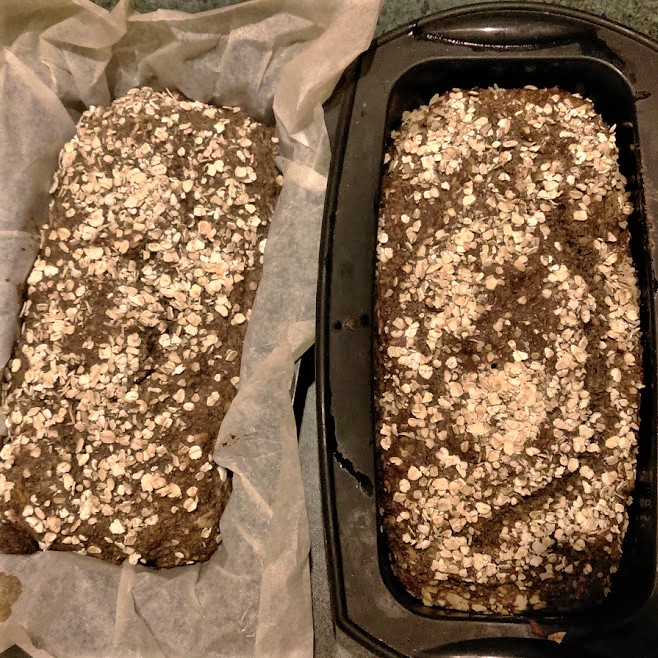
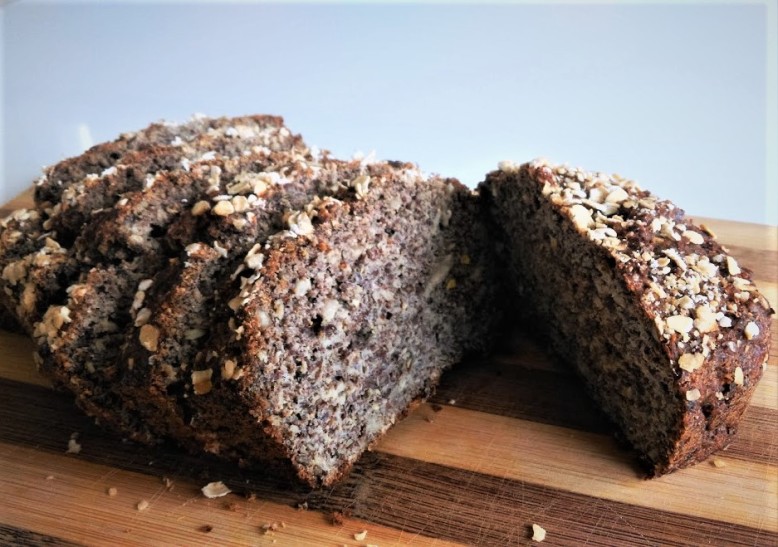


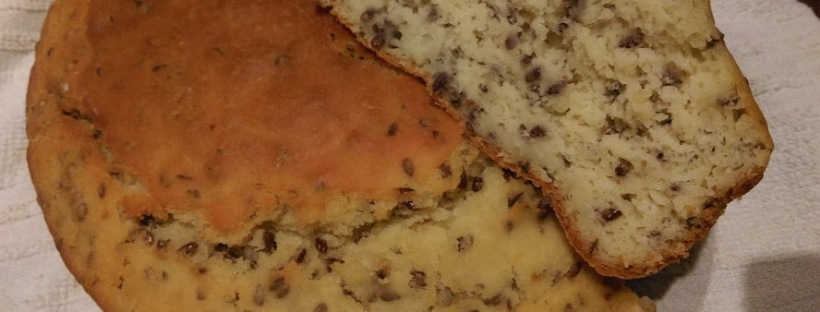
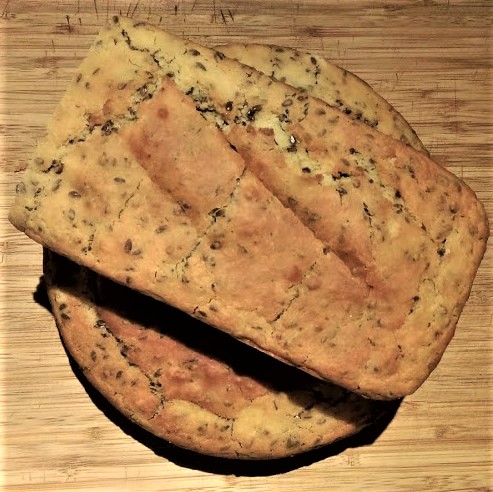
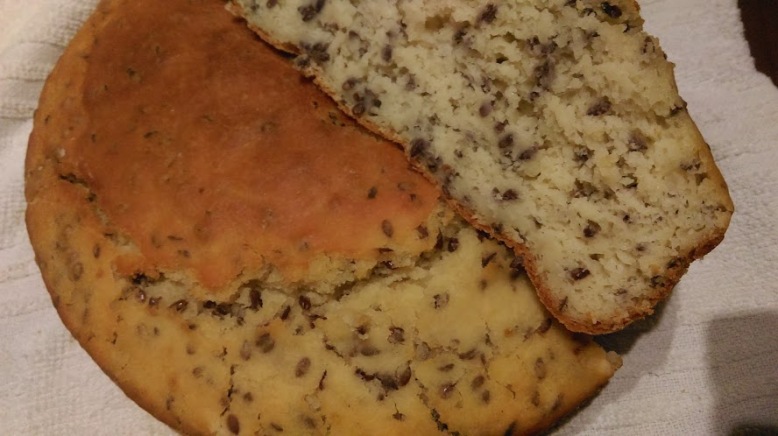


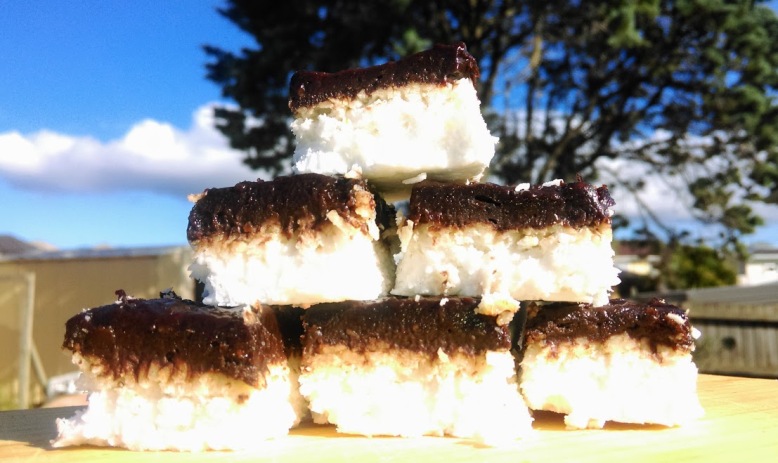 Don’t we all know the feeling when you want something sugary, something you can have with your coffee or in between… you go to the kitchen and start checking every cupboard in a search of something sweet and tasty… And don’t we all know the feeling when you realize there is nothing there?
Don’t we all know the feeling when you want something sugary, something you can have with your coffee or in between… you go to the kitchen and start checking every cupboard in a search of something sweet and tasty… And don’t we all know the feeling when you realize there is nothing there?